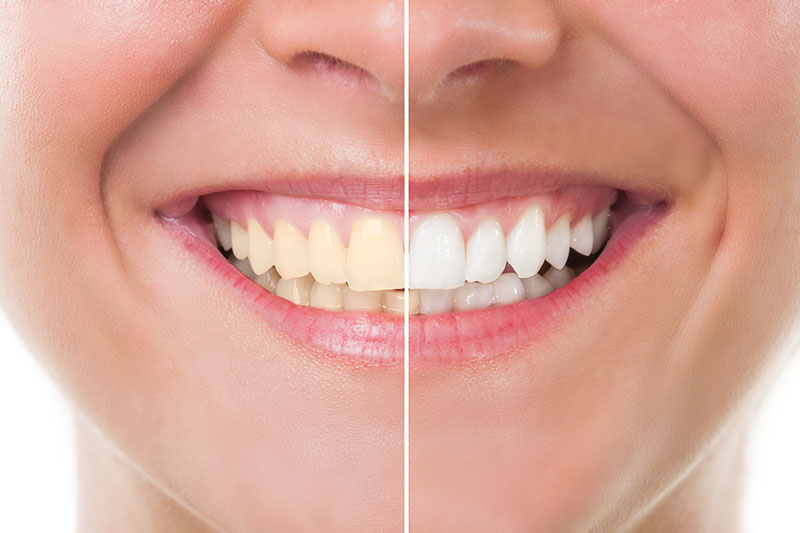Many people have heard of obstructive sleep apnea (OSA) because it is the most common type of sleep disordered breathing. In general, if someone says that they have sleep apnea, it is usually OSA, which is caused by the collapse or obstruction of your airway during sleep. The second common type of sleep disordered breathing is central sleep apnea (CSA), which has different characteristics than OSA and which can be caused by a variety of different conditions.
Recent research has identified a third type of sleep apnea—complex sleep apnea—which combines characteristics of obstructive sleep apnea (OSA) and central sleep apnea (CSA). It is also known as treatment-emergent central sleep apnea because it develops when a person is receiving treatment for obstructive sleep apnea (OSA) and they suddenly develop central sleep apnea (CSA) symptoms.
Complex sleep apnea (or treatment-emergent central sleep apnea) has appeared in patients being treated with continuous positive airway pressure (CPAP) appliances worn over the face to maintain an open airway. Even though these patients stopped choking and gasping, they would still stop breathing (or breathe ineffectively and shallowly) during sleep. It seemed that their body no longer received the right message from the brain to continue to breathe.
In some cases, the person suffering from complex sleep apnea syndrome may experience a combination of short obstructive events and central apnea events that do not respond well to continuous positive airway pressure (CPAP) therapy. These factors complicate the treatment for this type of sleep disordered breathing, which is why it is called complex sleep apnea syndrome (CompSAS).
If you have been diagnosed with complex sleep apnea, please consult with Dr. Shapiro to learn if the Vivos Biomimetic Oral Appliance can get your sleep and life back on track.
What Causes Complex Sleep Apnea?
In order to understand what causes complex sleep apnea (or treatment-emergent central sleep apnea), it is important to understand the other types of sleep disordered breathing first: obstructive sleep apnea and central sleep apnea. This is because complex sleep apnea is a combination of obstructive and central sleep apnea events, and it usually occurs when someone who is being treated for obstructive sleep apnea develops central sleep apnea symptoms.”

$249 Smile Saver Dental Plan ($534 Value)
Our low-cost in-house dental plan can cover you for a small annual fee of $249.00. You’ll receive 2 regular cleanings, exams, fluoride treatments & all necessary X-rays.
Schedule an Appointment
$50 Off Teeth Whitening
Offer valid if you call before 9/30/2023
Schedule an Appointment